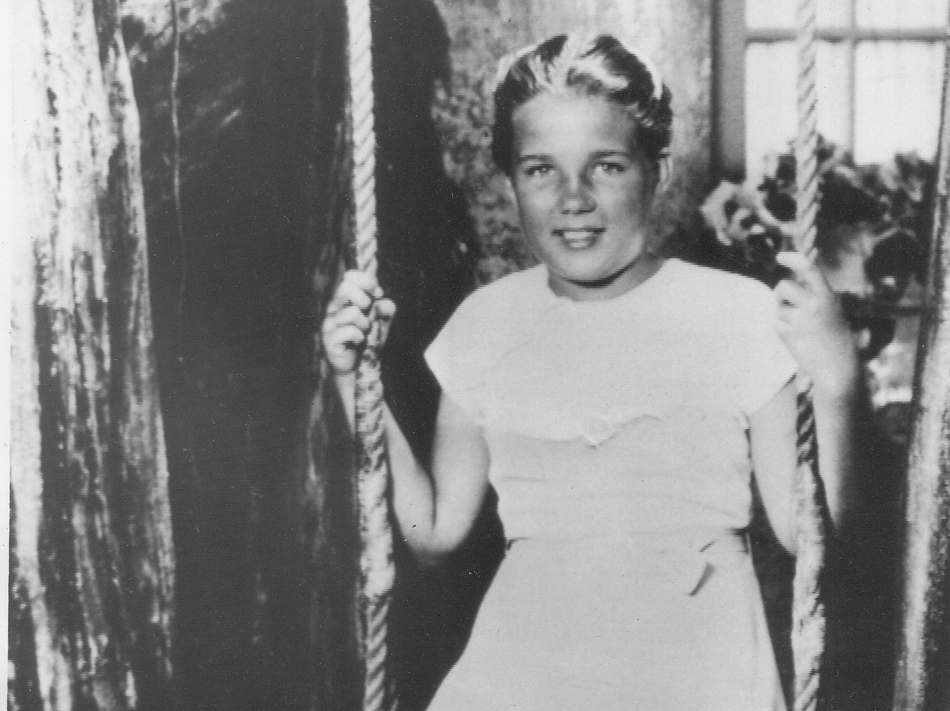Here at Broad Street we love reading about the true-life stories that have inspired some of our favorite fiction. That’s why we recommend a recent piece over at Hazlitt investigating the 1948 abduction of Sally Horner, a New Jersey fifth-grader whose kidnapping at the hands of Frank La Salle, along with the trip Horner made across the country to California with her captor, bear striking parallels with the fictional journey made by Humbert Humbert and Dolores Haze in Vladimir Nabokov’s 1955 masterpiece Lolita.
In the piece, Sarah Weinman tells the forgotten story of the Horner disappearance and its fallout: Sally Horner was able to break free after 21 months on the road with La Salle, who posed as an FBI agent upon first encountering Horner in a five-and-dime store (he caught her stealing a five-cent notebook) and threatening her with reform school unless she went away with him.
We also get fascinating glimpses of the germination of the project that would become Lolita. While Nabokov claims to have written an early, abortive draft of the novel “late in 1939 or early in 1940, in Paris, at a time when I was laid up with a severe attack of intercostal neuralgia,” it seems clear that by the time ten years later when the author, having emigrated to America, took up the novel anew, the high-profile Horner kidnapping had had a profound impact on the work as it took shape. Weinman even points to a passage of Nabokov’s novel which alludes to the Horner case directly:
Humbert, once more in Lolita’s hometown after five years away, sees Mrs. Chatfield, the “stout, short woman in pearl-gray,” in his hotel lobby, eager to pounce upon him with a “fake smile, all aglow with evil curiosity.” But before she can, the parenthetical appears like a pop-up thought balloon for the bewildered Humbert: “Had I done to Dolly, perhaps, what Frank Lasalle [sic], a fifty-year-old mechanic, had done to eleven-year-old Sally Horner in 1948?”
For more on Horner and Nabokov, go check out the piece at Hazlitt, and also see our recent blog post on some other examples of real-life figures inspiring well-known literary characters.









